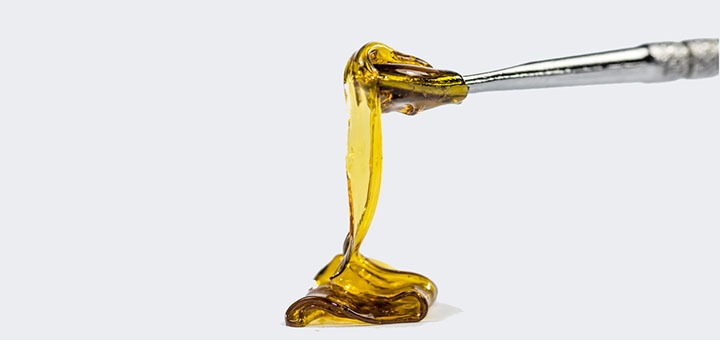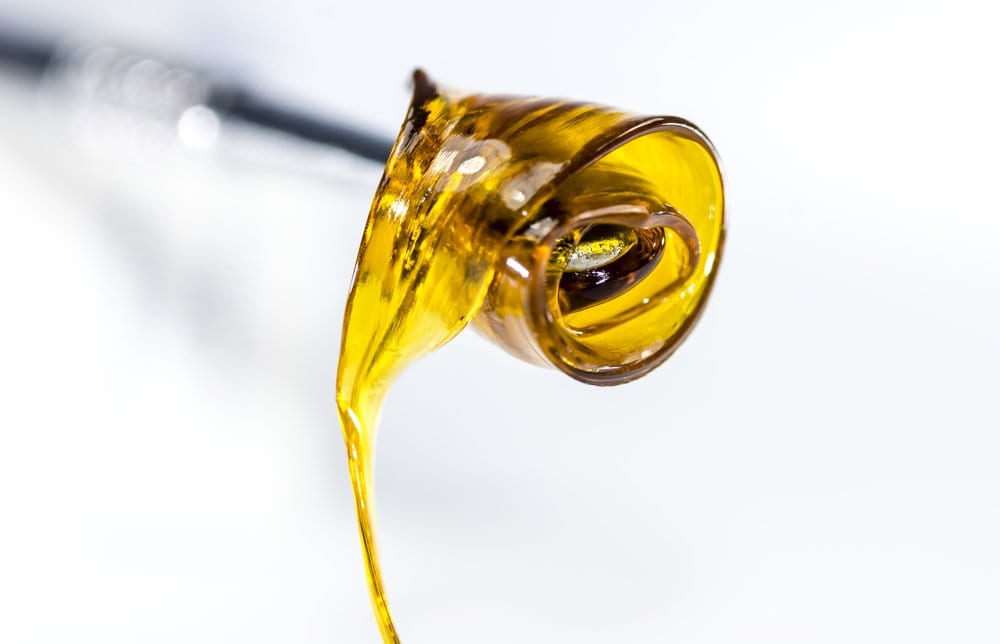
Cannabis extraction has been used for centuries but the process has evolved a lot. Cannabis is extracted to attain a potent end product including desired compounds, so dosage is known easily. Butane and propane are the hydrocarbon solvents used to extract cannabis, which offers a finished product with 70% to 90% cannabinoids.
Hydrocarbon extraction is a beneficial process because of the following reasons.
- Versatility – Every solvent generates different results, which can be used to refine vast varieties of finished products.
- Efficiency – Hydrocarbons can operate at remarkably low temperatures, so the cannabis materials’ uniqueness and quality are well-preserved.
- Yield – In comparison to CO2 extraction, Butane is capable to yield 14% to 30% in weight. It means less plant material gets wasted.

- Preservation – The hydrocarbon solvents preserve aroma, flavor, flavonoids, and terpenes. Ethanol, on the other hand, can degrade the aroma and flavor of the end product.
- Safety – The equipment used to extract cannabis works at exceptionally low temperatures, so it is safer than other techniques. FDA has also recognized propane and butane to be safe [within specific limits].
Hydrocarbon cannabis extraction process
Stage 1 – Evaluate plant material quality
The parent plant matter needs to be cared for properly, to develop quality cannabis distillate. At Chronic Creation, the base plant matter is stored in a storage environment free from fluctuating temperatures or light. It ensures that you get a pure extraction product.
Step 2 – Primary extraction
Cold butane is flushed into the material column via the solvent tank. The hydrocarbon washes the base plant material. The cannabinoids and terpenes get dissolved into the solvent. After washing the plant material, the solution is captured directly or processed in several ways.
Step 3 – Refinement
Refinement is an optional process that depends on the desired finished product. It can be in-line de-waxing, where the filtering medium is used to trap unwanted materials. Winterization is applied, where high ratio ethanol solvent is blended with extracted solvent and chilled. The chilled solution gets passed through an array of filters. Lipids and waxes get separated from the viscous solution.

Step 4 – Concentrate collection
The concentrated, viscous solution gets stored in a collection pot and residual butane gets removed. The isolated butane is moved in the solvent tank, creating a ‘closed-loop’ system. The process repeats until a large percentage of butane gets separated.
Step 5 – Final purging
The desired end product dictates the final purging level. For example, when shatter is made the collected concentrate is thinly spread to expose the surface area and placed in a vacuum oven for 2 days but when the wax is made the concentrate is beaten to remove butane residue.














